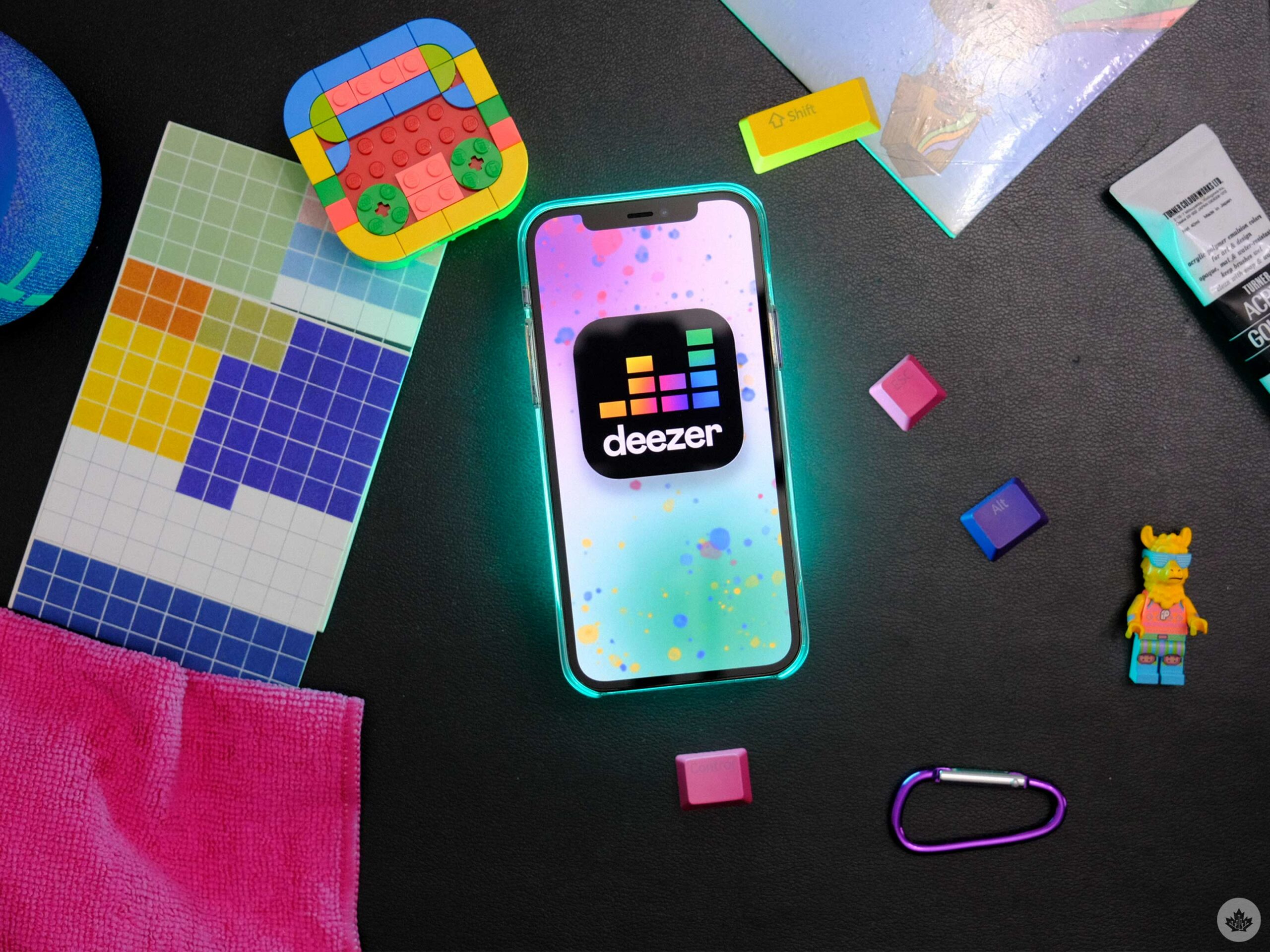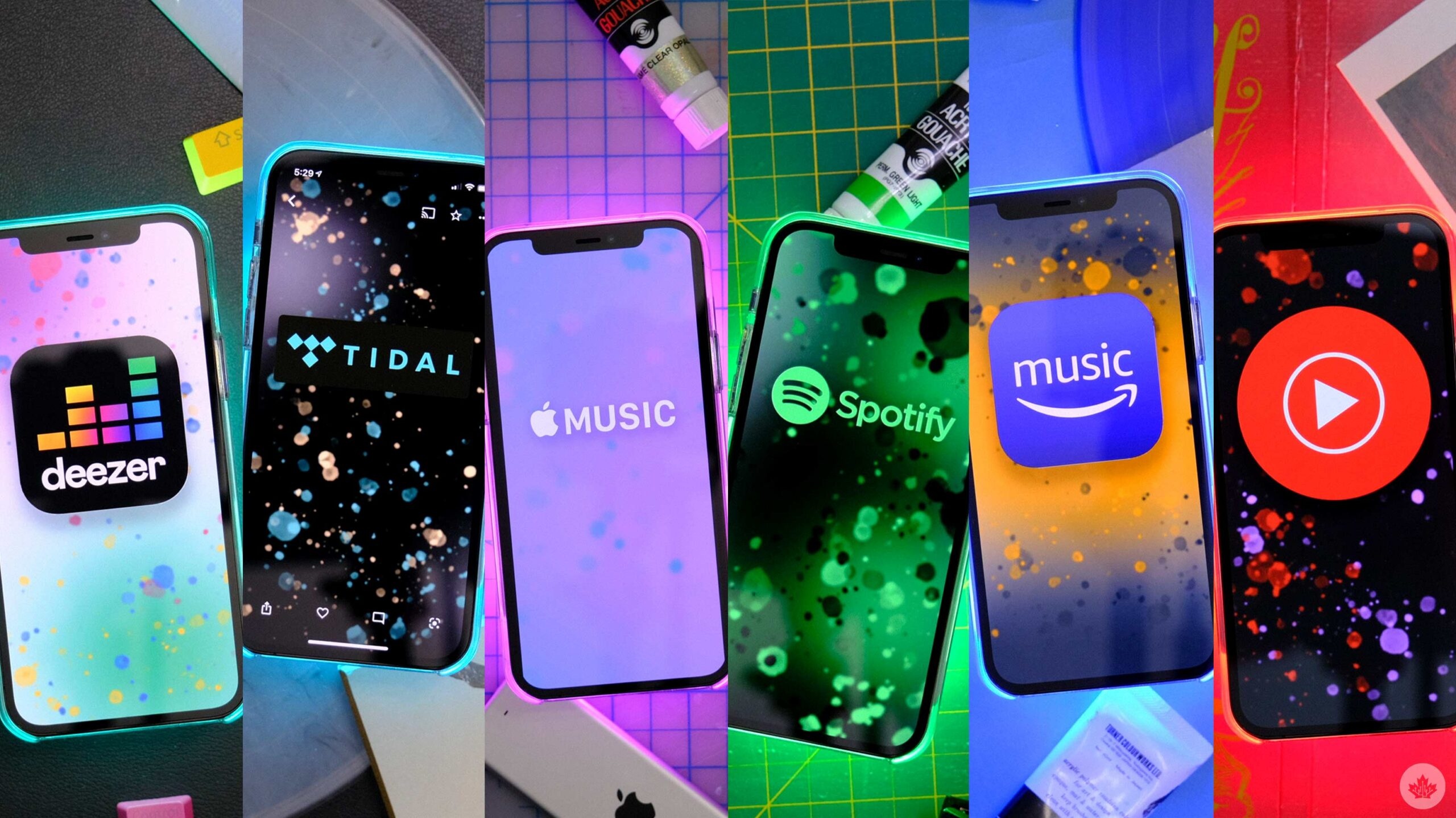
Everyone subscribes to a streaming music platform nowadays and for the most part, when I look around, I only see people using Spotify or Apple Music. This makes sense since these are easily the two most popular music streaming services. But there are a lot of other platforms out there that may be worth it depending on how you listen to music.
This article is a quick way to stack up how these apps compare to one another and which one is likely to work the best for you.
Spotify
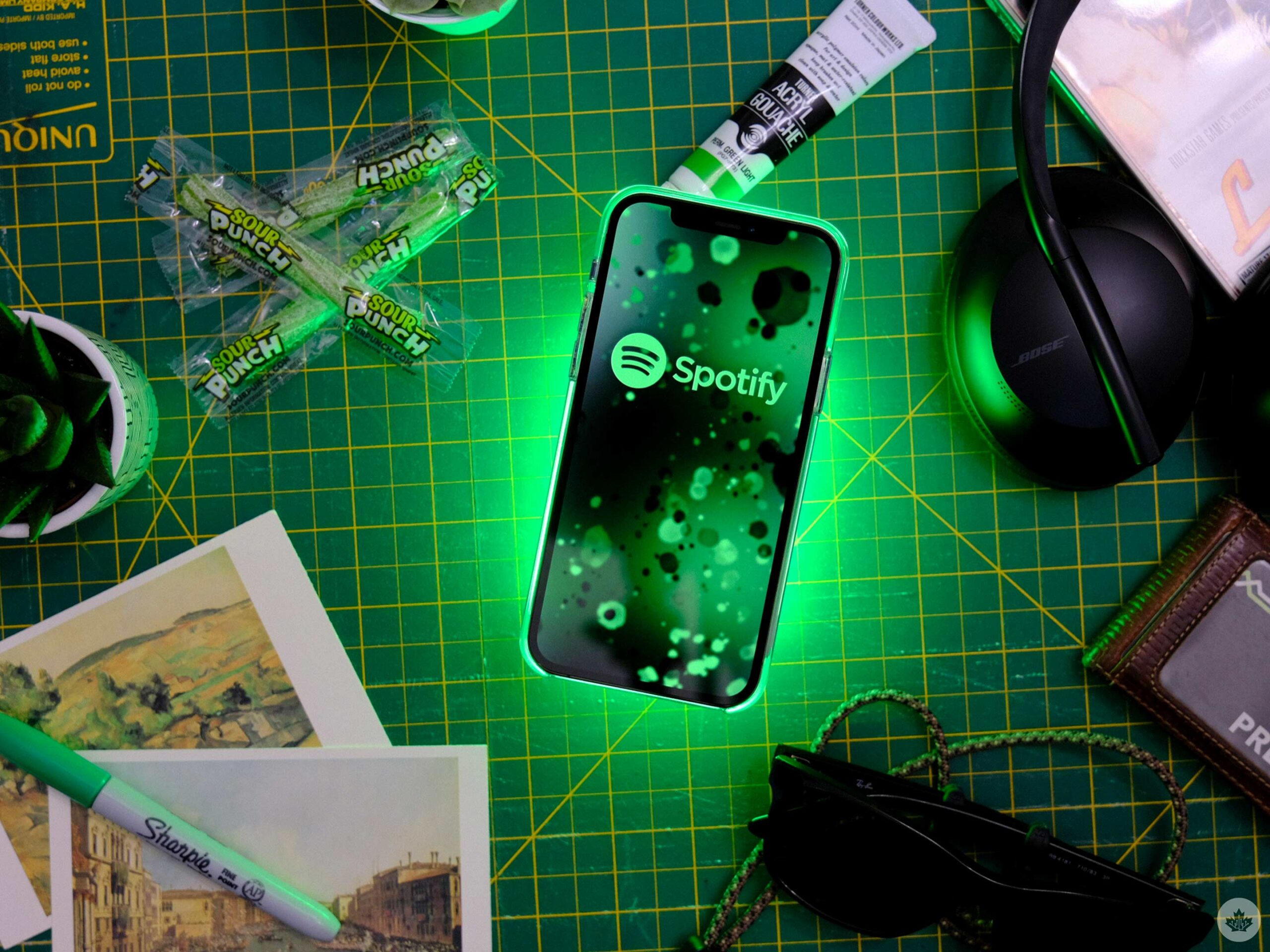
As the reigning king of music apps, Spotify boasts a huge collection of music and podcasts, plus its neutral stance in the ecosystem war means it’s compatible with several devices and offers an app on almost every platform.
Beyond that, it’s one of the most feature-packed music apps with its ‘Canvas’ moving album art, ‘Group Sessions’ and ‘Connect’ platform make this one of the easiest and most fun music apps to use.
However, Spotify’s recommendation algorithm gets the most hype. Spotify rose to the top on the thought that its music recommendations are the best and that you don’t need to search for music anymore — instead Spotify will just bring the tunes to you. In practice, it works well, but the more time I spent with the other apps, it seems that most have caught up to Spotify when it comes to algorithmically suggesting music.
That said, Spotify is still missing features like real-time lyrics all over the world and its music pool isn’t as deep as YouTube Music’s.
For most people, Spotify is straightforward to use, has a simple design and offers abundance of convenience features, making it one of the best music apps out there.
Download on Google Play or the Apple App Store. Spotify Premium costs $10 per month. A Family plan is $16 and a Duo plan for two people is $13. Students can access the platform for $5 per month.
Pros
- Good app design
- Strong recommendation algorithm
- Good pre-made playlists for users
- Its popularity makes sharing music more convenient (this depends on your friend group)
- Playlist folders are very important
- Custom playlist art is fun too
- App is on pretty much every platform you could imagine
- How it saves songs is a little new school compared to the iTunes days, but for me and my playlist-focused listening style, it works well.
- Can cast to almost anything
- You can control the music that’s casting through a TV or computer with your phone
- Lots of settings
- Car mode
- Crossfade
- Free tier
- Canvas feature
- Podcasts
- Live lyrics are coming (in beta)
- Voice assistant
Cons
- Not the highest quality music
- Library organization isn’t going to be for everyone
- Adding your own music to your Spotify account can be done, but often stops working after a time
- No music videos
- Human curation seems to take second place behind the algorithm
- Genius lyrics tie in is cool but sparsely implemented
- Small payout to artists
- No Garth Brooks
Apple Music
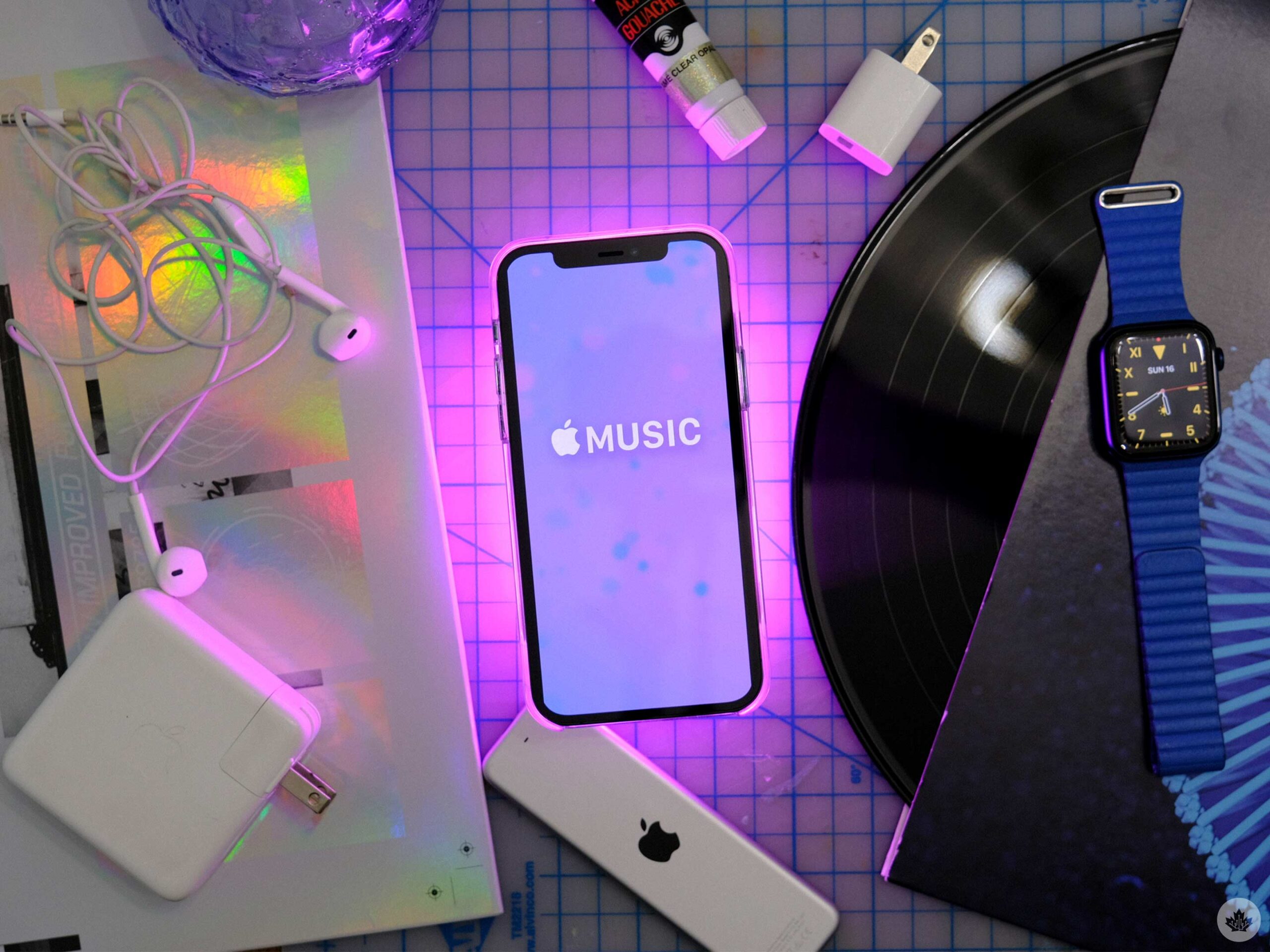
While it sucks that Apple Music is still really only great for people in the “Apple Ecosystem™,” it can work on Android and the web, so it’s not really as closed off as some people think. Apple Music can even be used via Alexa devices and Google support seems to be incoming.
Its top features are its human curation. This includes the fun Apple Music Radio, the excellent browse tab and all of its editor-made playlists. Beyond that, its excellent karaoke-style lyrics implementation isn’t worth overlooking.
Once you get into it, Apple Music is a really solid app with a lot of meaningful music recommendations that feel more like crawling through the old iTunes Store than Spotify’s wash of algorithmic suggestions. This likely isn’t for everyone, but Apple Music feels a lot more organic if you like browsing to find your own music instead of letting the app do the work.
Download on Google Play or the Apple App Store. Apple Music costs $10 per month. A Family plan is $15 and students can access it for $5 per month. Apple Also offers it in a bundle with some of its other services and you can learn about it here.
Pros
- Still, it’s human curation and it just feels a lot better and more personal than most of Spotify.
- Cool playlist art
- Handoff is a fun Apple-exclusive feature
- The radio section is a cool way to discover music and also feels more personal than the other music apps.
- Classic library organization
- Really clean now playing screen (easy to use with one hand)
- Best lyric implementation by far
- Apple Music TV (Artist interviews, live performances, Music Videos)
- Music quality sounds a little better than Spotify
- Can be integrated with your iTunes library
- Algorithmically generated user playlists
- Small written descriptions on albums are nice
- Playlist folders
Cons
- Airplay is helpful but not as open as Spotify Connect
- The app’s added features and multiple pages of recommendations might be a lot for some people
- The human curation can also mean you’re recommended things that you might not be into
- No collaborative playlists
- No Garth Brooks
Tidal
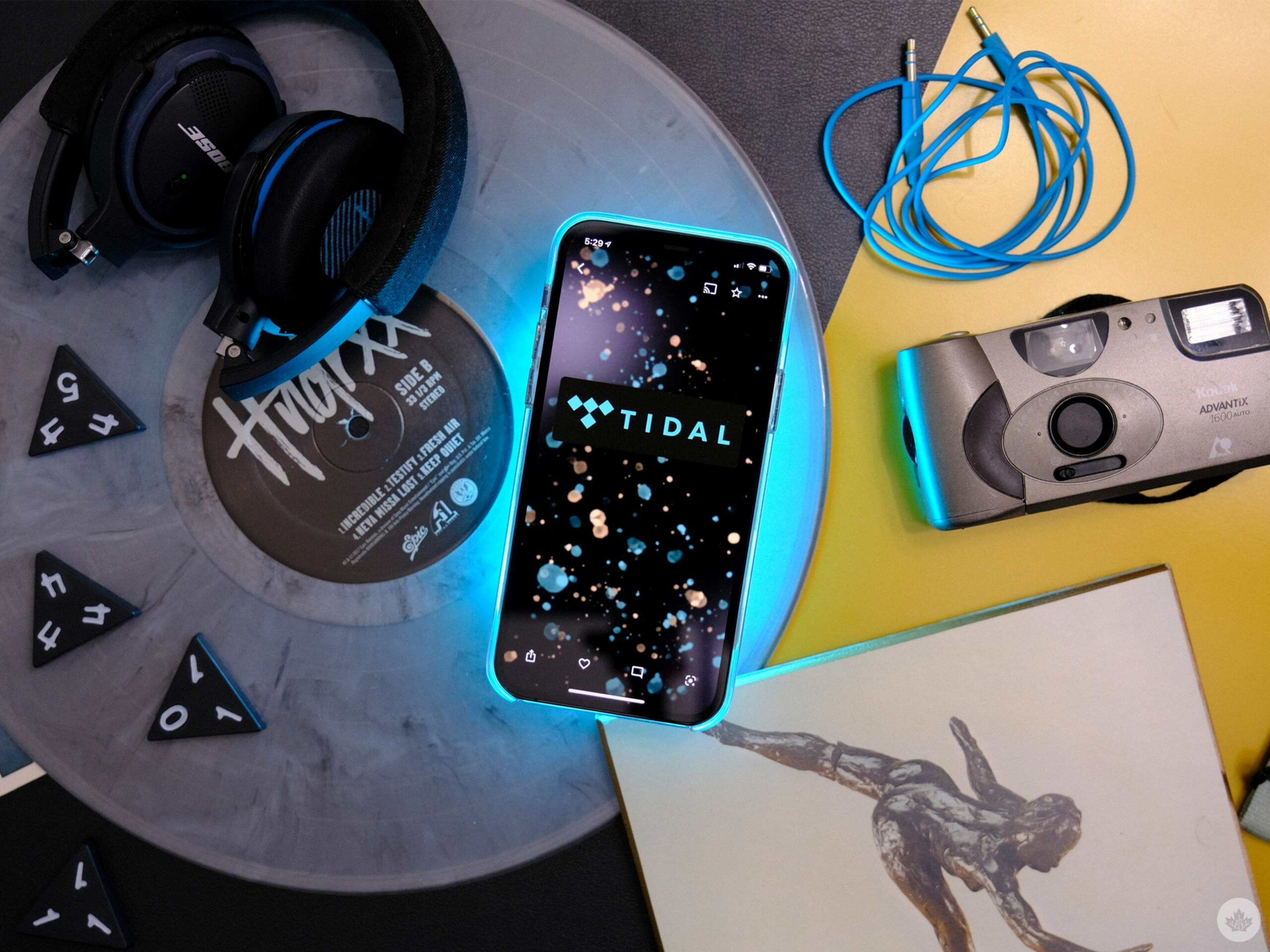
Tidal is a bit of a weird one to recommend. I used to like its recommendations, but I’ve found that over the years, it seems to be relying more on software recommendations than humans. It still shows me a wide range of songs that I’ve never heard of, but I feel like with software, it can latch onto one genre a little too hard and only surface rap songs for instance, like most app’s algorithms.
If you like high-quality music and the price is no object, then Tidal is the place you want to be.
Beyond that, it’s got a strong now playing screen and a decent app design. The suggested track button at the bottom is particularly helpful, and quick access to song credits is nice to have too. Unfortunately, it doesn’t natively cast to Echo devices without setup, but it shows my Google and Spotify speakers in the app.
Tidal is a hard one to pin down. Every time I try it out, I enjoy having that higher quality of music, but after a few months, I start to notice it less and transition back to Spotify since that’s where my friends and the best in-app experience is.
Download on Google Play or the Apple App Store. Tidal costs $10 per month. A Family plan is $15 and students can access it for $5 per month. It also has a Hi-Fi option for $20 per month.
Pros
- Solid recommendations
- Sick sound if you have good headphones, speakers or car audio
- Clean looking app with good curation, Apple Music is still feels more human
- Music videos
- Import playlist tool
- Plex integration
- Works with many high-end audio systems
- Not great personal recommendations. I find Tidal’s algorithm good at making song-based radio stations, but that’s it.
Cons
- Not the greatest for browsing music.
- Likely none of your friends are using it
- The Hi-Fi version costs $20 per month
- No lyrics
- Fairly basic app compared to the others
- Used to have a much more personal touch
- The three-dot menu in the app has a tiny touch target making it hard to hit
- Can’t cast directly to Echo devices
- No Garth
YouTube Music
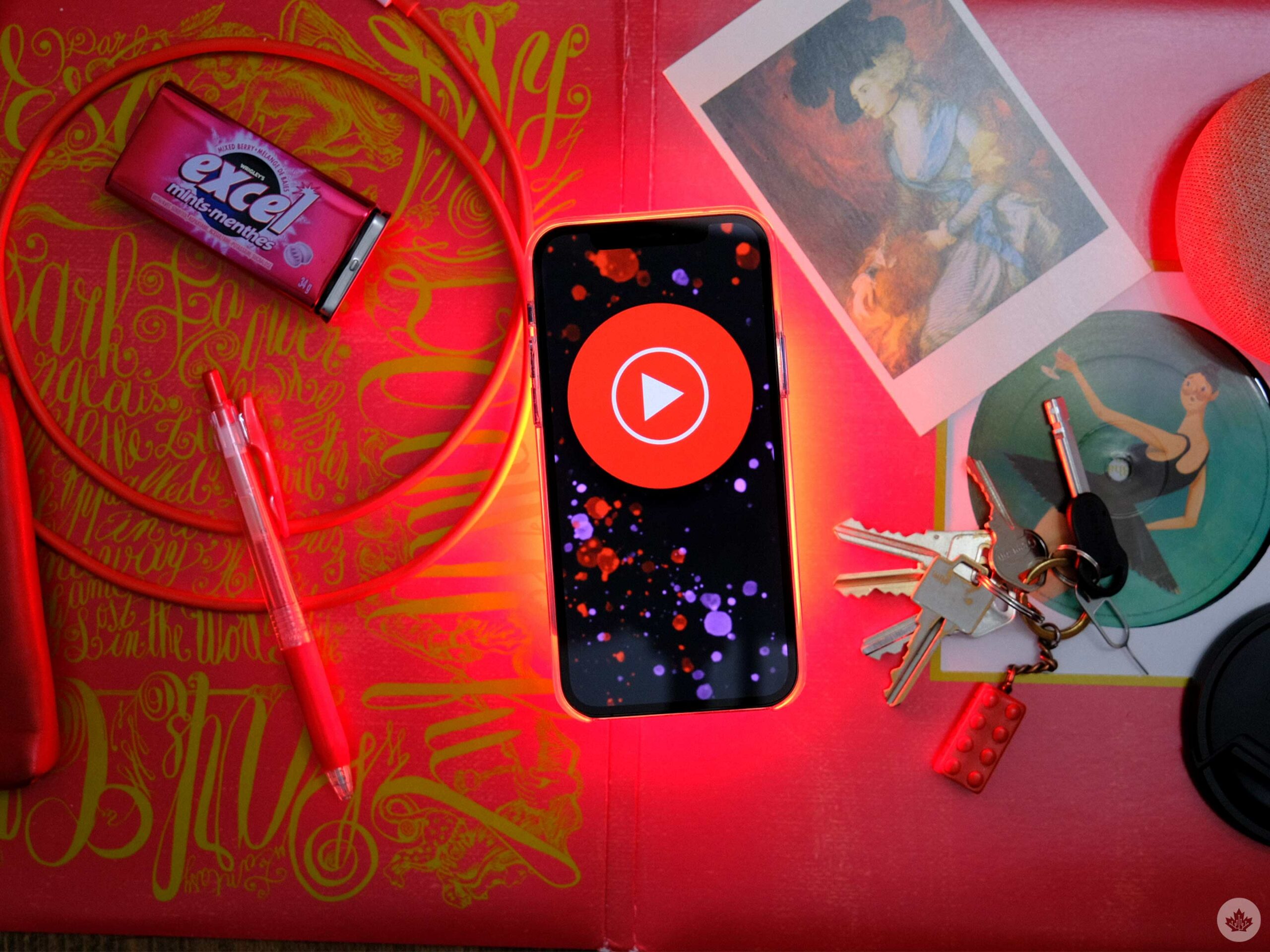
There are two main reasons to get YouTube Music. The first critical feature is that it simply taps into the back end of YouTube, so you get access to way more music than any of the other streaming services. This means weird remixes, regular songs, and live performances can all be mashed into a single playlist – it really is a beautiful thing.
The next significant feature only applies if you pay an extra $2 per month, bringing your total up to $12. This may seem like a lot, but honestly, it’s worth it since it gives you access to YouTube Premium, which removes ads on the popular streaming service and allows you to download videos to watch offline. You can even use it to listen to videos on YouTube while your phone screen is off.
The actual YouTube Music platform is pretty solid too. It has a decent design, however, it could stand to have a little more work done to bring it up to Apple Music and Spotify’s level. Still, the sheer amount of music and videos it gives you access to is worth suffering through the app if you already listen to a lot of tunes on YouTube.
You can also upload your own music to the service, making it really the best place to be if you have quirky music tastes. If you downloaded a little-known album on Bandcamp, you could add it to your library and then even put it into a playlist with the latest Drake hits and some YouTube covers, and it would all play through seamlessly. You can do something similar on Spotify, but I find it loses my uploaded songs sometimes, and to do it on Apple Music means you need an iTunes Match subscription that costs $30 per year
Download on Google Play or the Apple App Store. YouTube Music costs $10 per month. A Family plan is $15 and students can access it for $5 per month. You can also pay $12 a month for YouTube Premium.
Pros
- Can be combined with YouTube Premium for added value
- You can tap into all the bespoke songs and remixes on YouTube
- You can upload and store your own music easily
- Can be free with ads
- Decent algorithm
- Lots of videos (like I said It can tap into YouTube)
- The most diverse music selection
- You can play your playlists via YouTube, meaning you can play them anywhere.
Cons
- Cast integration still isn’t as widespread as Spotify or Airplay
- Pretty boring lyrics implementation
- App needs some more refinements
- Not super browsable
- No folders
- Minimal Garth
Deezer
Deezer has been subsisting for years and I still don’t know anyone that uses it. Functionally, the app works well, and its Hi-Fi plan costs $5 less than Tidal. To be honest, I don’t have years of experience with Deezer, but using it for a few weeks, I found it very serviceable.
It features all of the songs I need, decent lyrics implementation, and overall, the app is responsive and has all the features I need. It can’t cast directly to Sonos or Echo devices, but it can do Google speakers and TVs. If you’re on iOS you can also use AirPlay. That said, you need to enable it via the iOS quick toggle shade or the notification player, not the Deezer app.
This app also has podcasts, but once again, it’s not as robust as Spotify. That said, it does have some playlists where it sorts podcasts by the length that I found pretty interesting.
Deezer’s now playing screen is actually very easy to use with one hand, which can’t be understated either.
Download on Google Play or the Apple App Store. Deezer costs $10 per month. Both Family plans and HiFi plans cost $15 per month.
Pros
- Cheaper Hi-Fi plan
- Good podcast organization
- Really straightforward and easy to use now playing screen
- The music library is more like Spotify than iTunes
- Decent recommendation algorithm but not the best
- Free tier
Cons
- Uploading your own mp3 files is convoluted like Spotify
- Casting music can only natively go to google devices
- Not the best-looking app, but not the worst
- Fairly basic app compared to the others
- Where’s the garth?
Amazon Music Unlimited
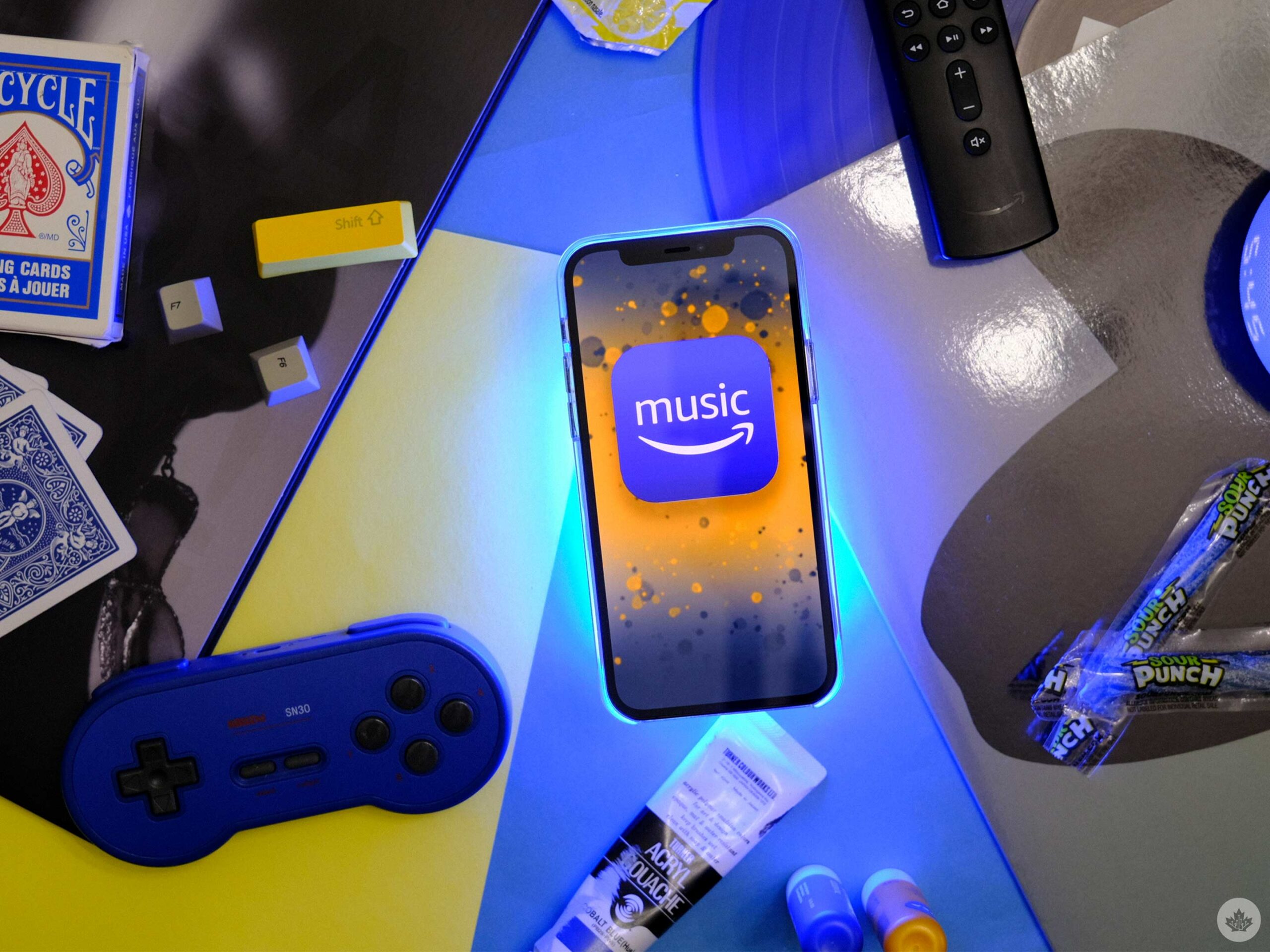
Amazon’s entry into the music streaming space is a good deal, but it’s also the most confusing. There’s a free tier that lets you listen to music stations via an Alexa device. Beyond that, you get access to a level above this if you’re a Prime subscriber.
Amazon Music Unlimited is the closest comparison to Spotify. It features access to millions of songs to stream with unlimited skips and no ads. It costs $7.99 for Prime members and $9.99 for everyone else.
Then a step above that is the company’s HD music tier that offers high-quality music like Tidal and Deezer. This one costs $13 per month, making it the cheapest HQ music subscription, but it sounds the worst to my ears.
I would only recommend Amazon’s music offering if you really want to listen to Garth Brooks (this is the only service that has him) or if you have a few Echo speakers and you have Prime to take advantage of the cheaper monthly cost. Even then, if you spend a lot of time listening to music and browsing around for new music, you’re likely better off with Spotify or something else.
Download on Google Play or the Apple App Store. Amazon Music starts at $8 per month if you have Prime and $10 for everyone else. The Family plan costs $15 per month.
Pros
- Garth Brooks!
- Cheap if you have Prime
- Some podcasts
- Cool personalized station always at the top of the home page
- Free on Echo devices
- Decent lyrics for some songs
Cons
- The service looks cleaner on a TV or smart display than it does in the mobile app
- Seems geared towards being used via Alexa voice commands
- Hard to use now playing screen with one hand
- Feels very basic
MobileSyrup may earn a commission from purchases made via our links, which helps fund the journalism we provide free on our website. These links do not influence our editorial content. Support us here.

